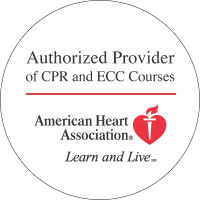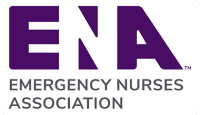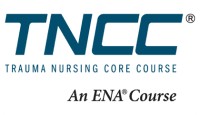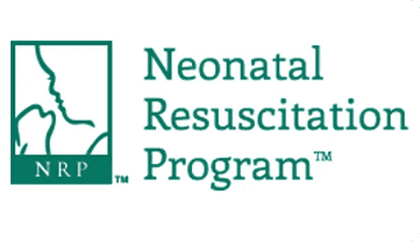Chances are, you’ve seen a movie or television show that features a resuscitation attempt. Perhaps you watched a medical drama that showed a doctor kneeling on top of a gurney frantically providing chest compressions while orderlies wheeled the gurney down the hall. You may have even seen a clumsy attempt at rescue breaths in an older movie or a simple declaration that an individual did not have a pulse without even the slightest attempt at CPR. If you are unfamiliar with CPR or Basic Life Support, you may be wondering just how accurate these filmed portrayals really are.
Keep in mind that most television shows and movies depict plenty of things that can’t happen. Superheroes can’t really fly, and animals can’t talk. The key feature of a movie is its ability to entertain dramatically and keep the viewer’s attention. Whether the film is designed to garner a laugh or to keep viewers in suspense until the final seconds, directors care more about entertainment value than they do about complete scene accuracy.
Movie CPR is More Effective
One of the biggest problems seen with CPR in movies is that it’s shown as working nearly all the time. A simple survey of on-screen CPR would probably show that it is approximately 90 percent effective. However, this is simply not the case, especially for out-of-hospital cardiac arrests. An out-of-hospital arrest relies on fast response times and immediate transportation by emergency medical services personnel for any sort of positive outcome.
Current statistics for survival of those who code outside the hospital stands at less than 10 percent although a slightly higher percentage of individuals survive if bystander CPR is performed. It can be disappointing for individuals to realize that outcomes for their loved ones may not be as good as they had assumed from watching television.
Movie CPR Isn’t Usually Done Correctly
A second big problem with on-screen CPR is that it is typically performed incorrectly. Chest compressions occur slowly, and practitioners do not press the chest down as far as is needed. There is often a great deal of time spent on rescue breaths, which the American Heart Association no longer recommends as being integral to successful adult CPR. In addition, current guidelines state that compressions should occur at a rate of 100 to 120 per minute, which is quite fast. In real life, practitioners who are performing CPR correctly quickly tire and must rotate out frequently.
Of course, it can be difficult for actors to portray CPR correctly because this treatment is quite dangerous when given to someone who is not in medical distress. However, it is not actually difficult to perform in real life.
Learn Real CPR
Until, and unless, directors change their on-screen portrayals of CPR to be more realistic, you can’t rely on the movies to give you a good idea of successful CPR. In fact, if you’ve watched a lot of medical shows and you think you’d be good in a crisis because you know what to do, take the time to check up on your skills before putting them to use.
A simple and short Basic Life Support class through Project Heartbeat can give you the skills and confidence you need to become a qualified CPR provider. Contact us today to schedule a class time at our Oakland or Sacramento locations.








